There are several different methods to get starter locs. The best method depends on your hair texture, hair length, and the desired result you want to achieve. Spoiler alert: every hair texture can form locs.
It is just a matter of time and effort you need to put into it. Of course, proper care is a factor as well. Based on the method you use, your hair will look different during its evolution.
What Are Starter Locs?
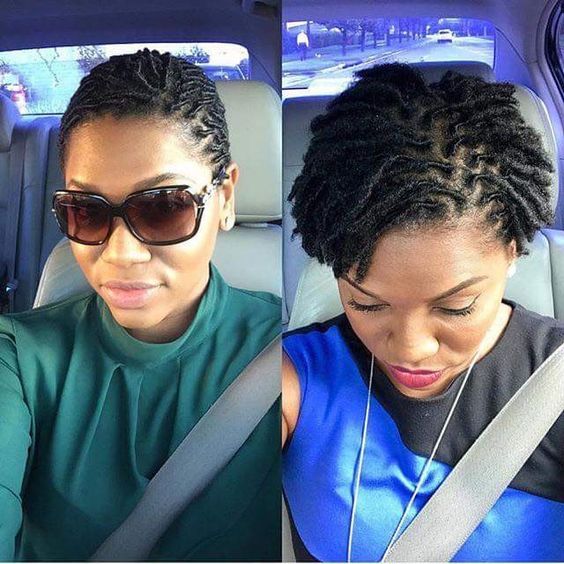
Another name for starter locs is baby locs. They are the first stage of the loc process. Your hair type, hair texture, and other factors determine the longevity of the locs, lasting between three to six months. There are many ways to begin your locs, including backcombing, loc extensions, two-strand twists, comb coils, braids, and more.
We will look into them carefully. Remember, instructions for caring for starter locs are essential. It takes time for your locs to hold and you need to know what to do in between.
Understanding Stages of Locs
Let’s take a look at all the different stages to get a better understanding of the locs process,
Starter – 3 To 6 Months

Also called baby locs, the starter stage can last between three to six months. It depends on your hair type and how fast it grows. During this stage, you create a parting pattern and choose the look you want.
It is important that you do not create sections that are too small. If you do, locs can break off because they are too thin or too dry.
During the starter stage, it seems challenging. Your hair keeps coming undone when shampooing. But it is important to be patient.
Budding – 6 To 12 Months
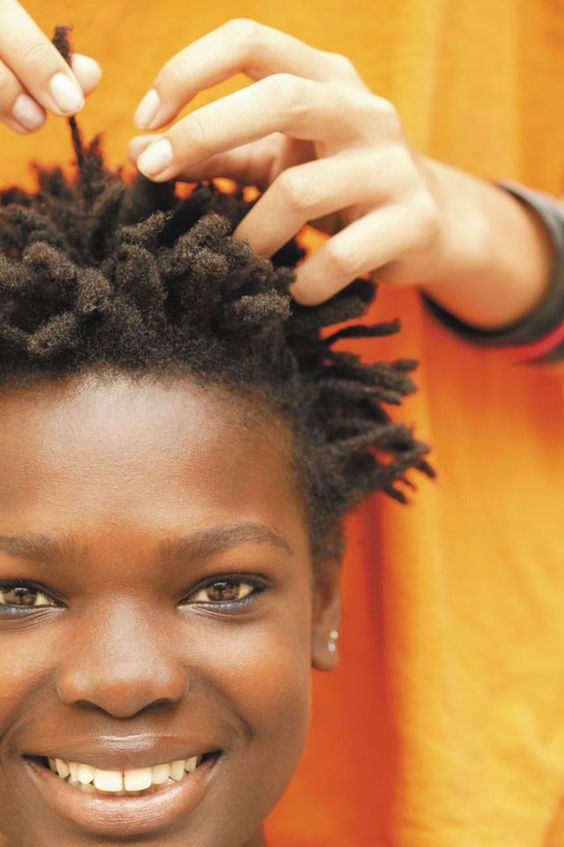
The budding phase is the second phase in the locs cycle. During this phase, you will notice that your new growth is puffy and fuzzy. Your hair will start to stick or matte together at the tops of your coils following a shampoo wash.
It is crucial that you are consistent in cleansing your hair. This will prevent buildup, weak spots, and bumps.
To keep the maintenance of the style, you can practice a re-twisting routine. Always keep track of the original section.
Teen – 12 To 15 Months

During the teenage stage, things start feeling fun. You begin to see the vision you had when you started your locs. During this teen phase, you also begin to wonder what could be possibly going on with your hair.
At this point, your locs are too short to lie down easily and may seem to sprout all over your head. For many women, this is a rough stage. But if you can persevere, you will reap the benefits later on.
During this phase, locs start to plump up and develop their form. Be careful with the products you use to avoid product build-up.
Mature – 15 To 18 Months
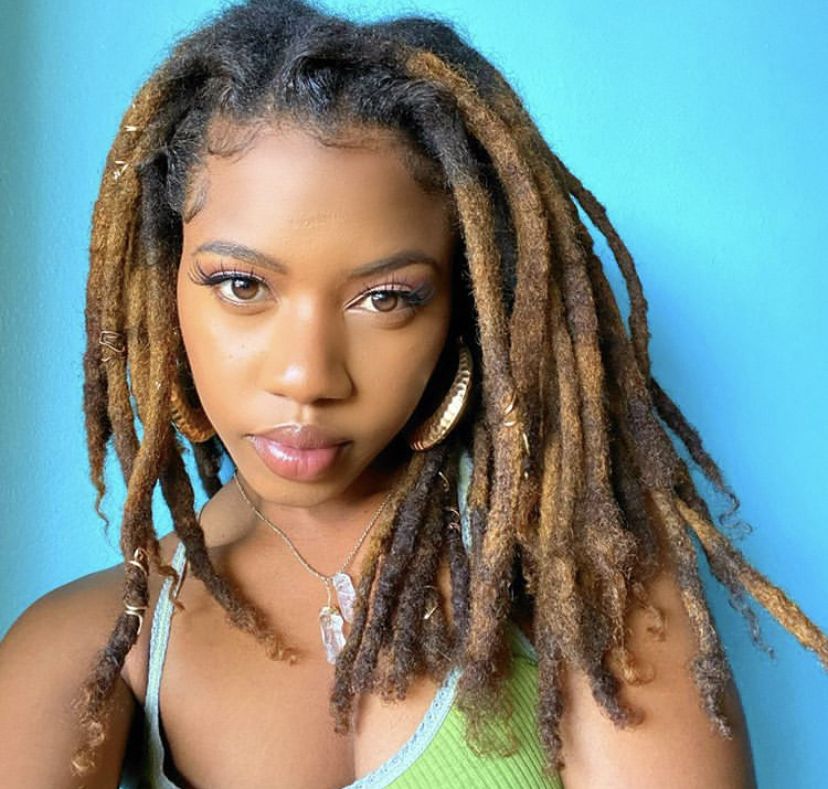
In some cases, the mature stage could begin as early as 1 year after starting your loc journey. It depends on the texture of your hair. Looser hair texture takes longer to form.
You will know that you have reached the mature stage when your locs are finally long enough to lie flat or hang down. Mature locs are firm. There is no need for re-twisting and there is no more reforming.
Rooted – 18 To 21 Months

Once your locs are firmly in place, you have reached the rooted or adult stage. In the final stage, your locs will hang differently. They might feel heavier and more slender.
You can now wear your locs well past your waist or trim them if you want to.
How To Start Your Locs?
Now, let’s talk about how you can get starter locs. Remember, that is the beginning of your loc journey. For some methods, we recommend starting with a natural hair care professional. Return to the saloon at least 4 to 6 weeks after the initial installation and visit the salon for the first 6 months. This will ensure the locking process is successfully beginning.
Two Strand Twists
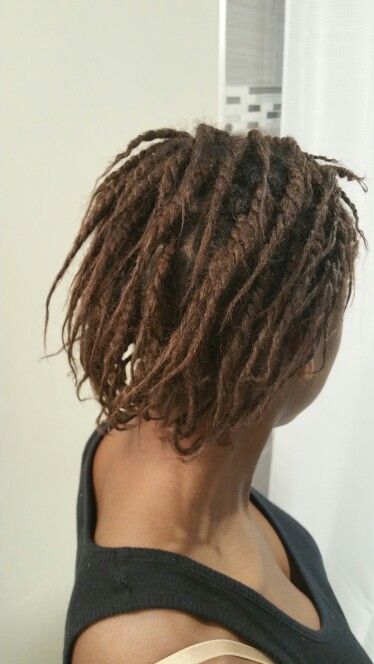
You can get starter locs with two-strand twists with as little as 4 inches of hair. This is the go-to method for longer hair or highly textured hair.
The method will give your locs a solid internal foundation and result in thicker locs. The drawback is it might take longer to produce solid locs. The lines of the two-strand twists can take between 6 and 24 months to completely disappear.
Starting With Braids/Plaits
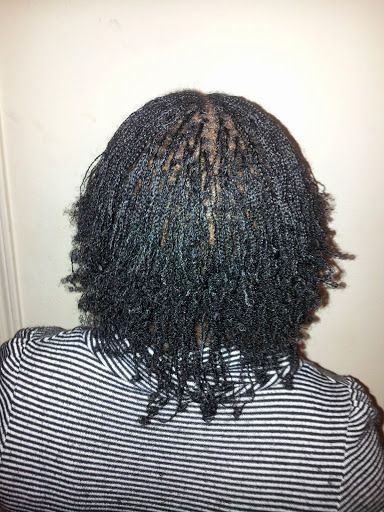
You can start locs with braids or plaits with at least 5 inches of hair. It doesn’t matter what is your hair texture. These beginner locs are ideal for individuals that sweat a lot on their scalps.
The braided pattern can take one year to disappear. If you have longer hair, the pattern might not fully disappear.
Starting Locs With Comb Coils

If you have shorter hair, you can easily start locs with a comb coil. You need only 2 or 3 inches of hair, depending on your desired result. For this method, you need a comb to create uniform coils around your head.
The drawback is you should not do this method on longer lengths of hair. Why? Because it will take longer to lock. Comb coils can be sensitive to water with soft textures, so you can get them wet only when shampooing.
Backcombing
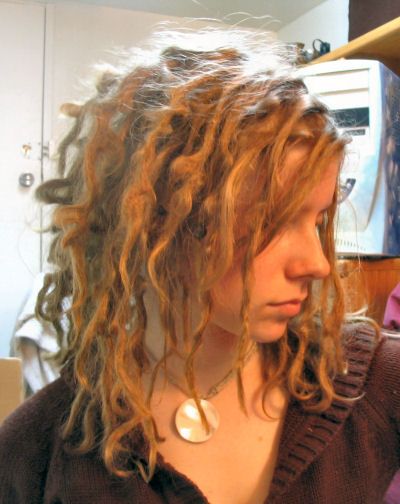
It is a popular method among Caucasians and individuals with naturally straight hair. This method involves teasing the hairs to create an internal intertwining of hairs and then palm rolling into the shape of a loc.
This technique works perfectly for soft and fine hair texture. The challenge is you have to maintain locs properly in the beginning. Without proper care, you risk blowouts instead of locs.
Interlocking/Sisterlocks
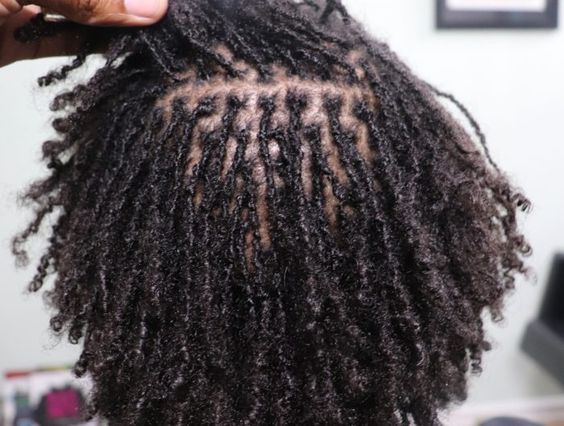
If you have an active lifestyle, installing sisterlocks is the way to go. Your locs will appear neat for the majority of the time. For this protective style, you do not have to bother with maintenance as much. All you need is a tool or your fingers to interweave the locs through itself.
The downside is the resulting locs are usually micro to small in size.
Loc Extensions
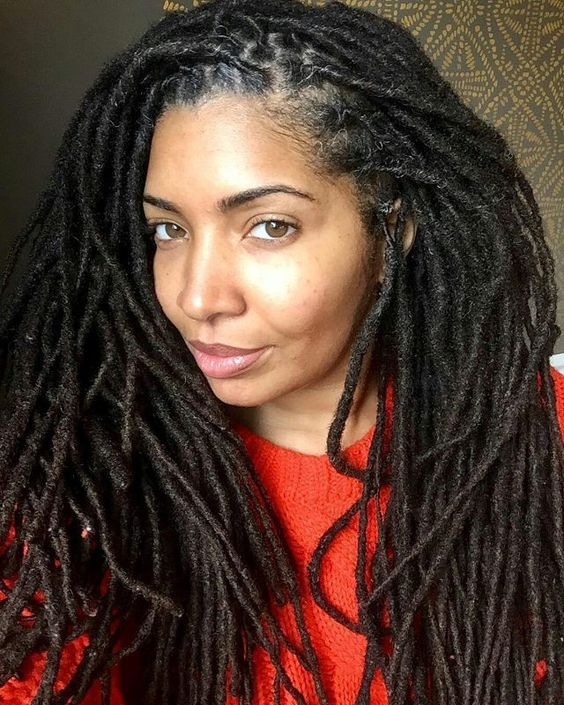
If you do not want to go through the phase of installing locs and you want long and cultivated locs instantly, this method is perfect for you. Simply attach loc extensions with human hair fibers, synthetic fibers, or someone else’s locs. And voila, you have instant locs.
If you use synthetic fibers, be ready for heavier locs in the beginning. You will also be limited from coloring unless you cut the extensions.
Starting Locs Organically
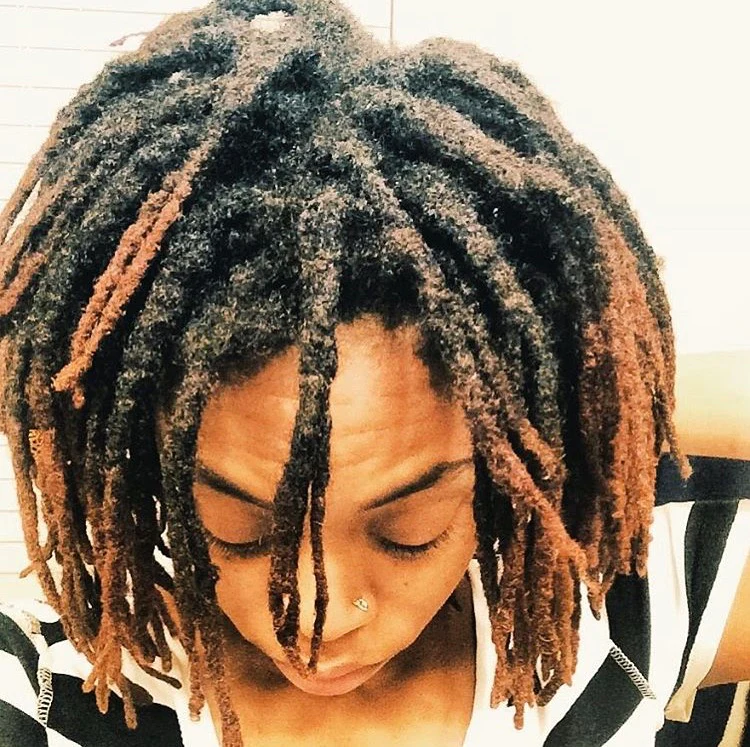
Yes, you can start locs organically. How? Well, shampoo your hair and never detangle it again. Or use a curl sponge and let your locs form on their own. Some people call them freeform locs. They are free to grow how they please and you do not separate them from each other. Instead, what you do is let your hair dictate the look.
How To Wash Starter Locs?
Washing and maintenance of starter locs are important. When and how to shampoo? If you wash your hair too soon in the process, you can easily undo your locs that are still forming.
So, wait for at least four weeks before you shampoo your hair. And if your scalp is itchy, clean it with witch hazel on a cotton ball.
When you do shampoo your hair, do it carefully. Pay attention to the roots. Try not to disturb your locs. Then, shampoo every four weeks until your locs are fully formed. Use lightweight and water-soluble products in your hair.
With baby locs, you can forget about deep conditioning. Do not use products like a deep conditioner because it will make your locs too soft. They will unravel for sure. Yes, moisture is important, but find something lightweight. For example, rosewater spritz.
To maintain starter locs, limit hair products, do not manipulate your locs, and use natural oils. Most importantly, protect your locs while you sleep.
How to do that? Well, you have to protect your locs against your pillow and its friction. Wear a satin cap or scarf to help with moisture retention, prevent hair breakage, and protect your locs during the night.
